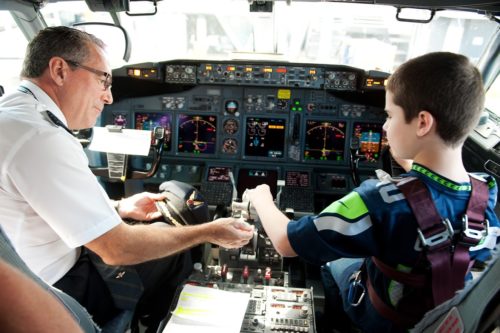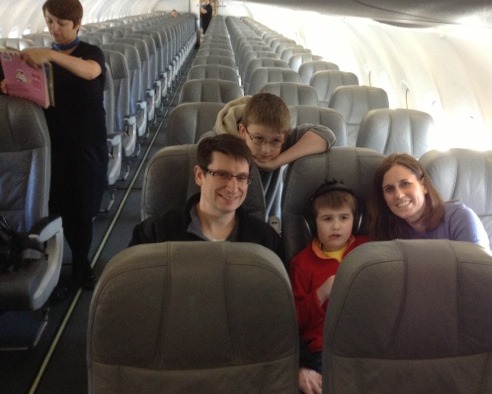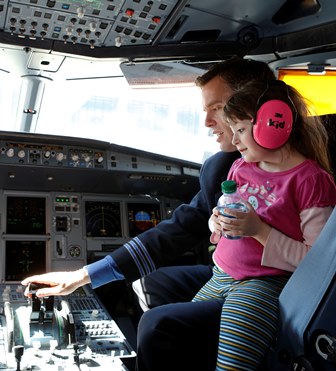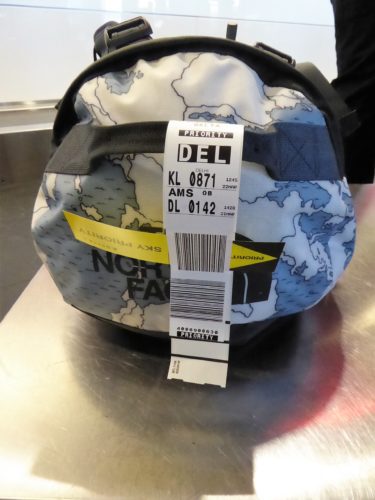
Welcome to all the new Stuck at The Airport subscribers who have signed up over this past week. We suspect many of you found us through the mention of our site in this recent New York Times article about airport lounges.
But however you found us, we’re happy you’re here.
Here are some airport amenities we’re been researching this week.
Cruise to SEA airport luggage-free
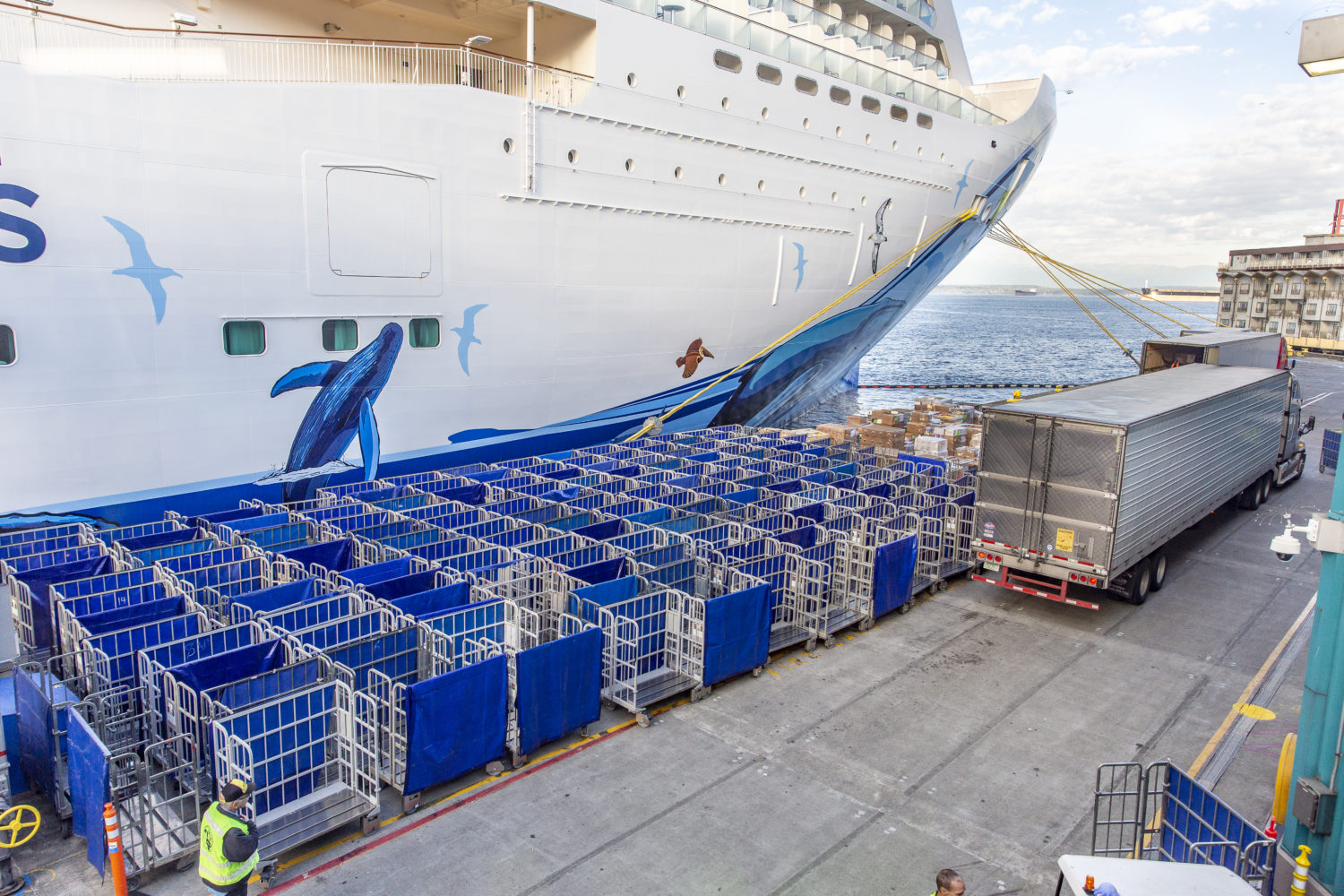
Thnking abot taking a cruise to Alaska? Good for you!
More than a million cruise passengers pass through Seattle – and Seattle-Tacoma International Airport (SEA) on their way to and from Alaska each summer.
And they all seem to bring along a lot of luggage.
When all those people finish their cruises and head back home, the bag check-in lines at the airport get really, really long.
In fact, Port of Seattle officials often point out that it is cruise season, not the Christmas/New Year holiday when the airport experiences its peak passenger count.
A good solution is the complimentary Port Valet service.
Cruise passengers can check-in for their flights and check their bags before they get off the ship. Port Valet does the bag transfers and the cruisers can hang around the city luggage- free before heading to the airport.
Whle the luggage transfer is free; regular checked bag fees apply.
Learn how to save a life while waiting for a flight

Los Angeles International is the latest airport to get a Hands-Only CPR Training Kiosk from the American Heart Association.
More than a dozen other airports have these kiosks as well and in just five minutes – the time it takes scroll through your Instagram feed (again) – you can watch a short instruction video (in English or Spanish), practice on a rubber manikin, get feedback on your technique and learn how to save a life.
Get coffee made by a robot
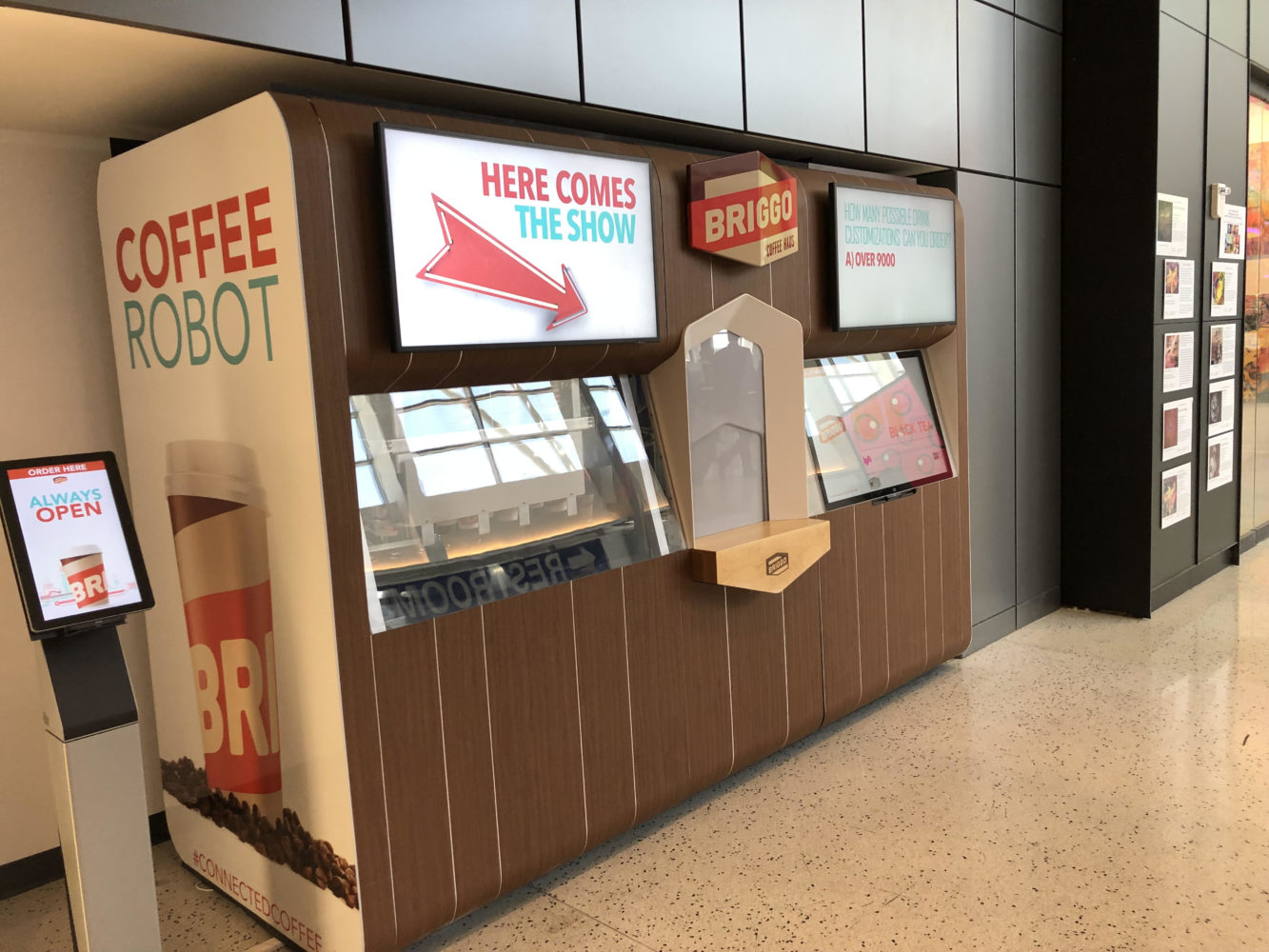
In two locations at Austin-Bergstrom International Airport and, starting this week, in Terminal 3 at San Francisco International Airport, travelers can have coffee drinks prepared and delivered by robotic baristas in a Briggo automated Coffee Haus kiosk.
Orders can be sent ahead via the app, no pre-caffeine chit-chat is required, local coffee blends are featured, and there’s a robot on duty 24 hours a day.
Sensory-friendly Space with real airplane seating
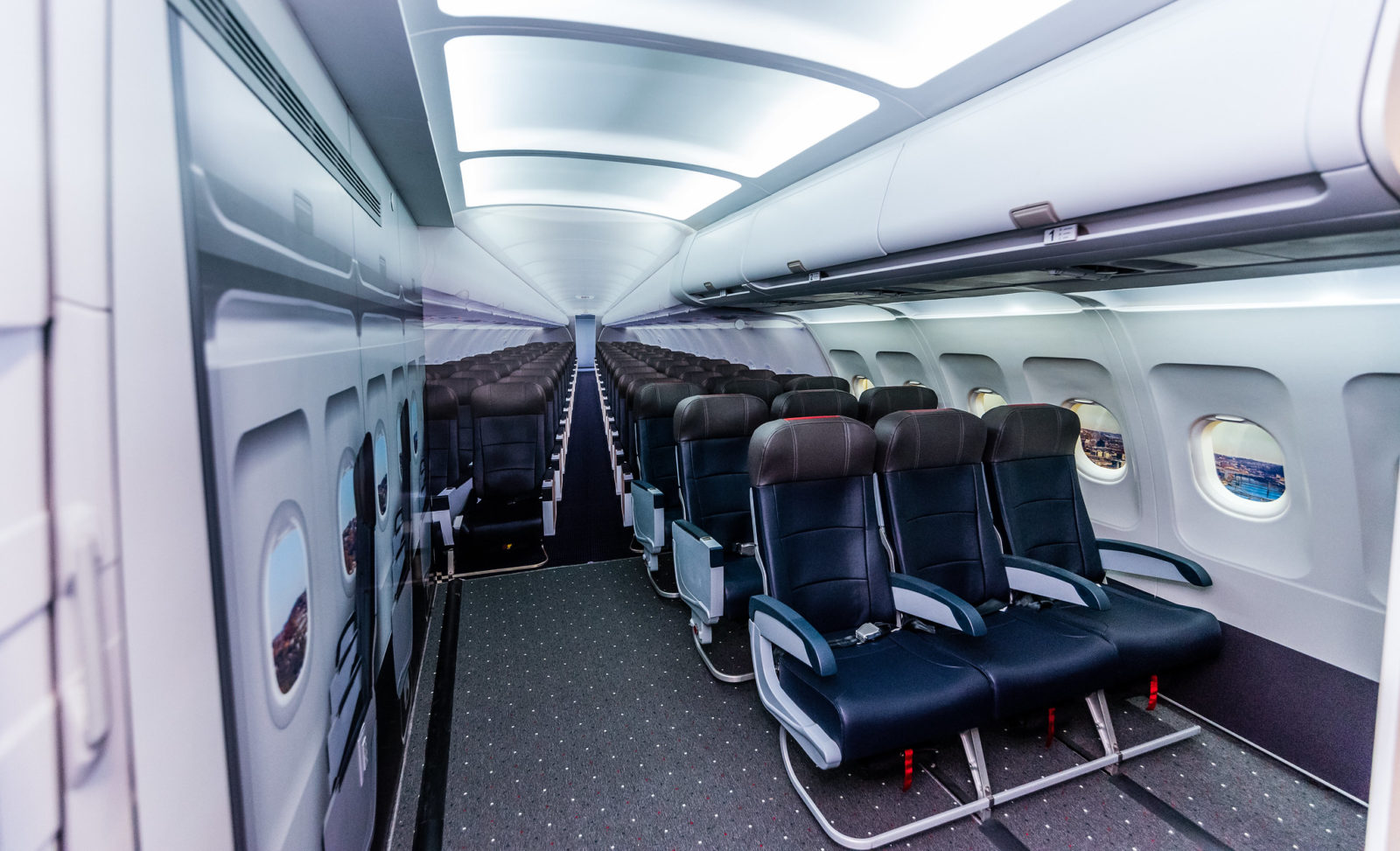
Going to the airport and getting on a plane can be stressful for anyone, but kids or adults with autism or other special needs may need extra help acclimating and adjusting.
To help out, Pittsburgh International Airport (PIT) just opened Presley’s Place on Concourse A.
In addition to a calming transition foyer, family room, soundproof adult area, and restroom with adult changing table and adjustable sink, Presley’s Place is the first airport sensory room to also have the walls and floor of a real jet way and a seating section from a realistic airplane cabin, courtesy American Airlines.
Have you come across a new airport amenity during your travels? Let us know in the comment section below. If your tip is featured, we’ll send you a fun travel-themed souvenir.
